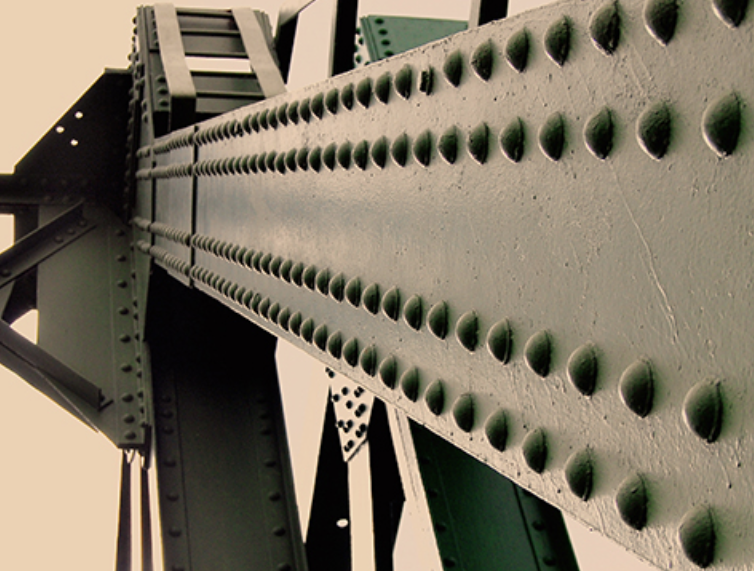Good design matters

Speaking as a panelist at the Canadian Construction Association (CCA) Industry Environmental Scan on August 20th-21st at Ottawa’s Delta City Centre Hotel, Ontario Association of Architects (OAA) past President Toon Dreessen of Architects DCA identifies emerging trends and the challenges ahead which affect design and construction, and how they will continue to be delivered.
“We’ve seen a continuing downward trend in the quality of procurement”, says Toon, who suggests that the current procurement structure sidelines the value and skill that architects and engineers bring to design in favour of a “risk model”. A model that pretends to be in the public interest, but is in fact, anything but.
The Problem: Focus on Risk Avoidance & Transfer
Procurement of professional services for architecture and engineering has become increasingly concerned with risk avoidance and transfer, and continues to marginalize the professions of architecture and engineering.
The Challenges:
1. Getting procurement departments to listen
Architects and engineers know that there is a better model that values quality, skill and innovation over the current procurement structure. QBS Canada is a coalition of associations, companies, and professionals advocating for the use of Qualifications Based Selection when hiring professional services firms in Canada. Their model has a proven track record of delivering better value to the public with an 11x fold increase in value according to The Federation of Canadian Municipalities (FCM).
2. Breaking up with the P3 model
The notion that public-private-partnerships are a panacea for building public infrastructure is easily disproven with ample evidence: P3 models deliver lower lifecycle value, cost more, take longer and do not result in the innovative public buildings that we need to tackle the challenges facing our cities. For more information on the P3 model, visit these trusted news sources at The National Council for Public-Private Partnerships, Calgary Sun, and The Canadian Centre for Policy Alternatives.
3. Stop buying in bulk: Architecture & Engineering are not like Costco
Larger firms are perceived as being better, somehow, and thought to deliver more value and a lower price. But architecture and engineering is rarely like buying toilet paper at Costco where bulk discounts can be realized. We should move towards recognizing the value in small to medium sized businesses who employ local talent. By tapping into their knowledge about the local conditions of a project, SMEs are better positioned to incorporate local influences into a design.
There is room for the development of models for IPD and collaboration that value local knowledge: why do we erroneously imagine that talent resides only in big urban centers like Toronto, Vancouver or Montreal? There are plenty of knowledgeable & talented architects and engineers in our own communities that can deliver high quality, timely, local services that help ensure the designs are supported in the field.
4. Debunking the Myth that Bundling is Better
There has been a trend towards bundling projects with the thought that, somehow, this would be better, cheaper faster. But it doesn’t work and has been abandoned in places like Alberta, where bundling and P3 has been set aside. Additionally, when we think of a bundled project, we have to ask ourselves if it makes sense to design one school and build the same design all over. Surely designs in Sudbury should be different than designs in Windsor. They’re different places, different contexts and have different socio-cultural values. If we don’t make designs reflect their sense of place, then all our cities start to look the same. Do we really want a totally homogenous built form with no cultural identify?
5. Blurred Lines between Designer & Makers
We’re going to continue to see a trend towards more efficient construction methods including 3D printing of parts of buildings, or even whole buildings. As we continue to see advances in drawing and modeling technology, we’re going to see increased blurring of the lines between designer and makers. This sort of integration is great, but comes with risks to both the architects and engineers in the room, as well as the contractors. Greater collaboration, clear boundaries and strong relationships matter more than ever.
Good design matters.
If we want to build better, smarter and more efficiently, we need to procure better, thinking of the lifecycle value of our built infrastructure.
We need to call on procurement departments to stop valuing lowest price and focus on best value, best service.
We need to recognize that we live and work in a globally competitive environment where access to local talent matters and that the skills we need to build the cities of tomorrow are right here, in our local firms.